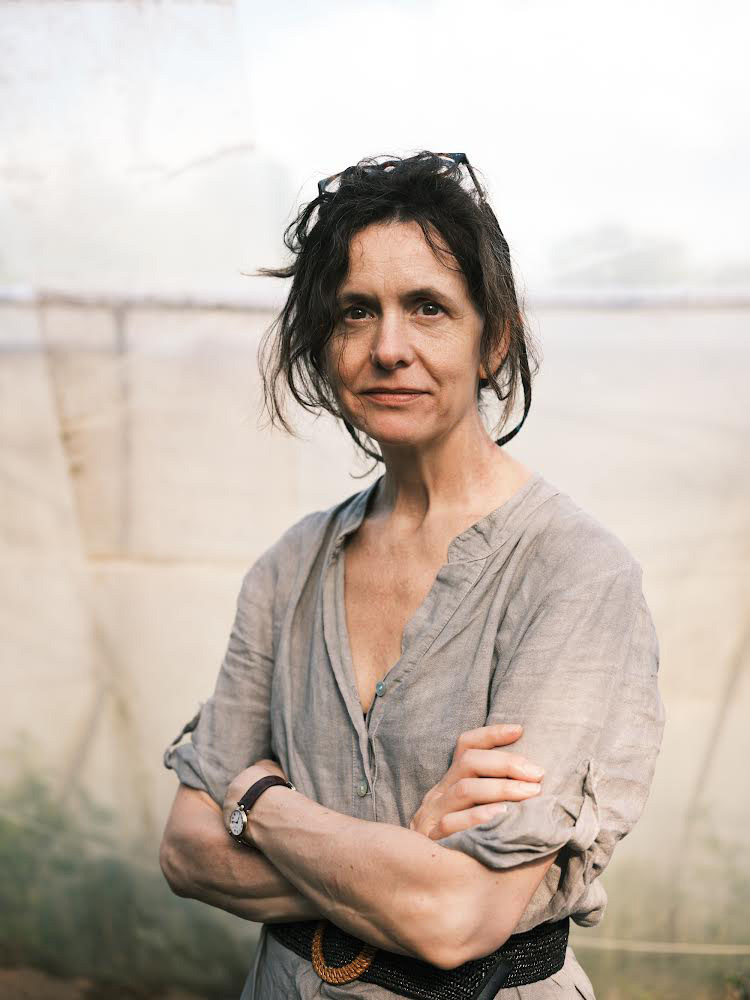Marjolein Martinot is a Dutch photographer, based in France. She has always been drawn to photography from an early age, and has continued using and exploring the medium throughout her life, while raising a family of six children. Her photography touches on the poetic, while striving to remain authentic and true at the same time. She aims to evoke sentiments by using and mixing different photographic approaches and analogue cameras. The prime focus of Marjolein’s work is on everyday life: family, friends, and the places and things that touch her. She has participated in various photography classes and workshops, and works on personal projects and commissions.
Statement
"Over the last years, photography has taken a very important place in my life. Although I didn’t realise it at the time when I started taking photo’s (years ago), it has now become a life-changing activity for me, and especially during the last couple of years. While photographing, I find that I am able to create some kind of outlet for myself. A way to travel, to step away from everyday life. Immersing in something - into another world, yet without physically having to go anywhere. I also discovered that I love taking portraits. When taking a portrait, the exchange/interaction with someone (often a stranger) is so intimate and special - hard to describe really. That tiny instance of someone’s personality coming through - managing to capture that, is truly an amazing experience. Those moments are always swift and evanish almost instantly though. Being a naturally shy person, these one-on-one encounters give me a real boost, a particular energy and a sense of confidence that I very much enjoy. With all my photography-work, I often try to evoke inner sentiments and feelings, while observing and drawing parallels to my own life. In my last photo-series, Riverland, I attempt to portray the way a meandering river compares to the always unexpected and unknown course life takes, and flows..."
